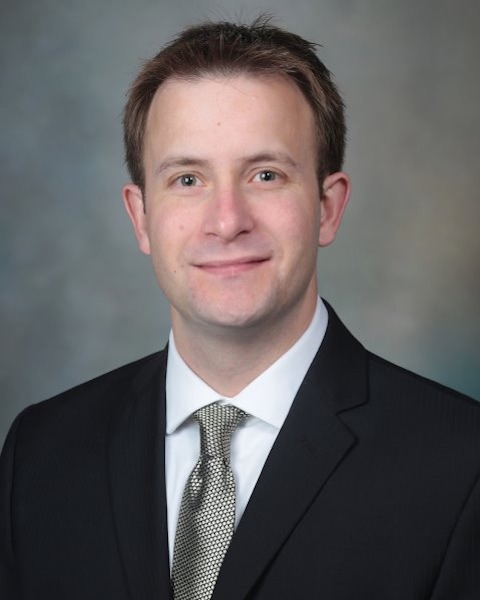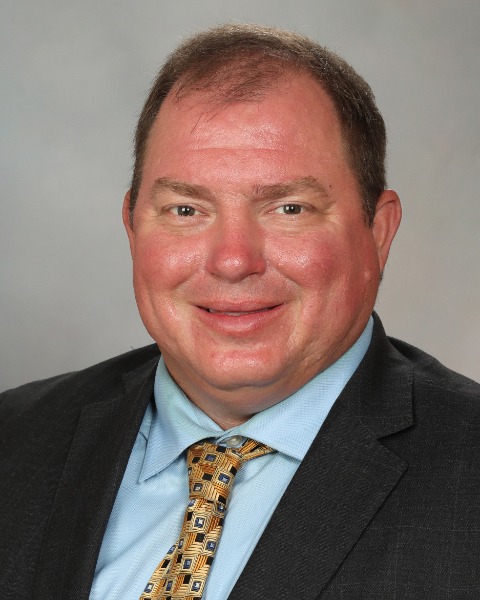SIR 2025
Pain Management/MSK
Traditional Poster
88 - Efficacy of MR-Guided Cryoablation for Plantar Foot Vascular Malformations: Optimizing Treatment Cycles
- AG
Ali Ganjizadeh, MD
Research Fellow
Mayo AI Lab, Radiology Department, Mayo Clinic, United States 
Scott M. Thompson, MD, PhD (he/him/his)
Associate Professor of Radiology
Radiology, Mayo Clinic, United States
Setayesh Sotoudehnia Korani, MD
Postdoctoral Research Fellow
Mayo Clinic, United States- DA
Daniel Adamo, MD
Assistant Professor of Radiology
Mayo Clinic, United States - AL
Aiming Lu, PhD
Assistant Professor of Physics
Mayo Clinic, United States - EB
Emily C. Bendel, MD
Assistant Professor of Radiology
Mayo Clinic, United States - BE
Bradley J. Erickson, MD, PhD
Professor of Radiology, Director
Mayo AI Lab, Mayo Clinic, United States 
David A. Woodrum, MD, PhD, FSIR (he/him/his)
Professor of Radiology
Mayo Clinic, United States
Author/Co-author(s)
Poster Presenter(s)
Author/Co-author(s)
To assess the effectiveness of MR-guided ablation techniques, including cryoablation and laser ablation, for treating vascular malformations in the plantar foot.
Materials and Methods:
A retrospective analysis was conducted on 20 patients (15 females, 5 males; mean age 33.2 years, range 8-85) who underwent MR-guided ablation for plantar foot vascular malformations between 2015 and 2024. The study included 24 ablation procedures, with cryoablation used in 16 patients, laser ablation in 3, and a combination in 1 patient. Ultrasound-assisted needle insertion was employed for all procedures. Data on treatment cycles, lesion dimensions, and recurrence rates were collected. All lesions were located on the plantar aspect of the foot, affecting weight-bearing surfaces, with pain as the primary complaint.
Results:
The average number of treatment cycles per procedure was 3.2 (range 2-5, mode 3). Mean lesion dimensions were 4.2 x 2.4 x 2.7 cm (range 0.7-9.7 cm in the longest dimension). Two patients experienced recurrence: one required three procedures over three years (cryoablation followed by two laser treatments), and another needed two cryoablation procedures within five months. One other patient with an extensive lesion required treatment in three separate sessions over three years due to the lesion's size. The overall success rate after initial treatment was 91.7%, with only 2 out of 24 lesions (8.3%) needing repeat ablation.
Conclusion:
MR-guided ablation, particularly cryoablation, demonstrates high efficacy in treating plantar foot vascular malformations, offering a promising alternative to surgery. The mode of 3 treatment cycles per procedure (50% of the procedures) emerged as an effective approach, contributing to the high success rate. Cryoablation showed a 94.4% success rate after initial treatment, with only 1 out of 18 cryoablation procedures requiring retreatment. This study suggests that a standard of 3 treatment cycles may offer an optimal balance between treatment efficacy and procedure duration. The combination of MR guidance, ultrasound-assisted needle placement, and the typical 3-cycle approach allows for precise targeting and thorough ablation, potentially minimizing the need for repeated procedures and improving overall patient outcomes.


.jpg)